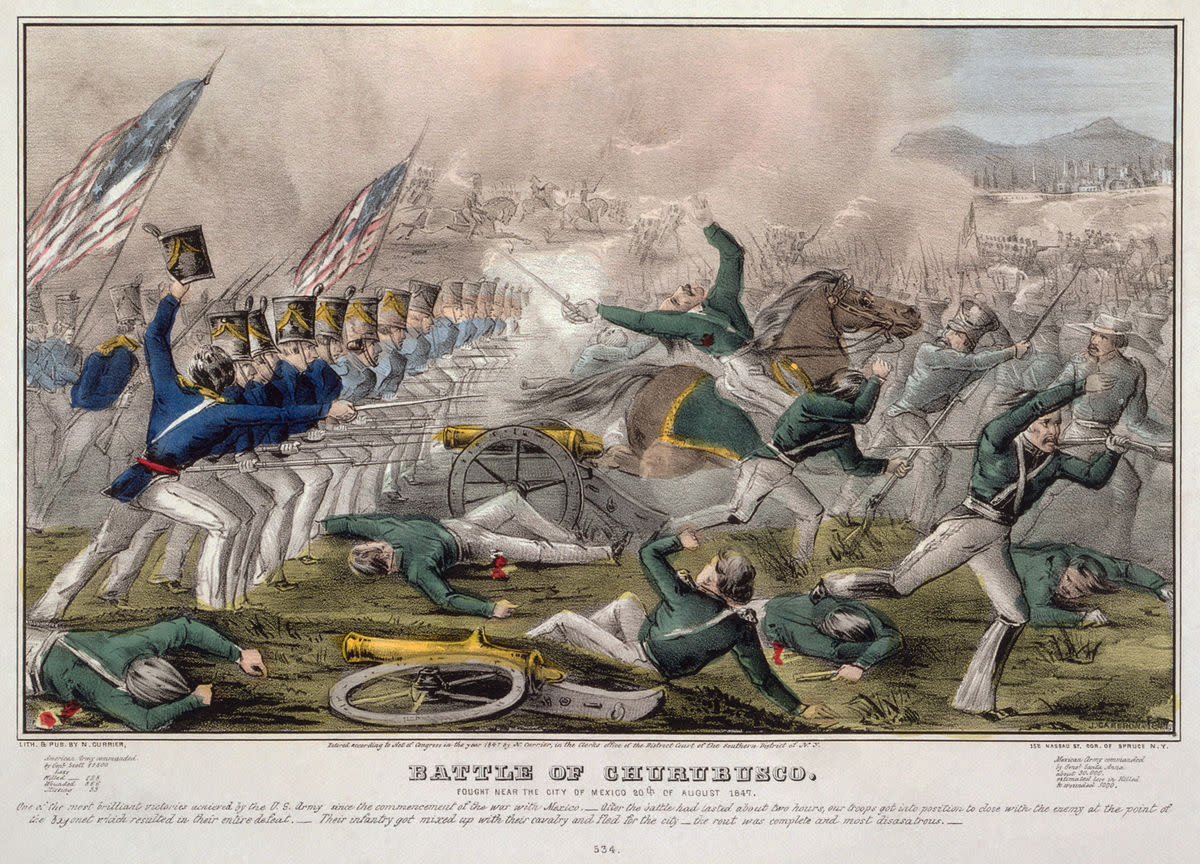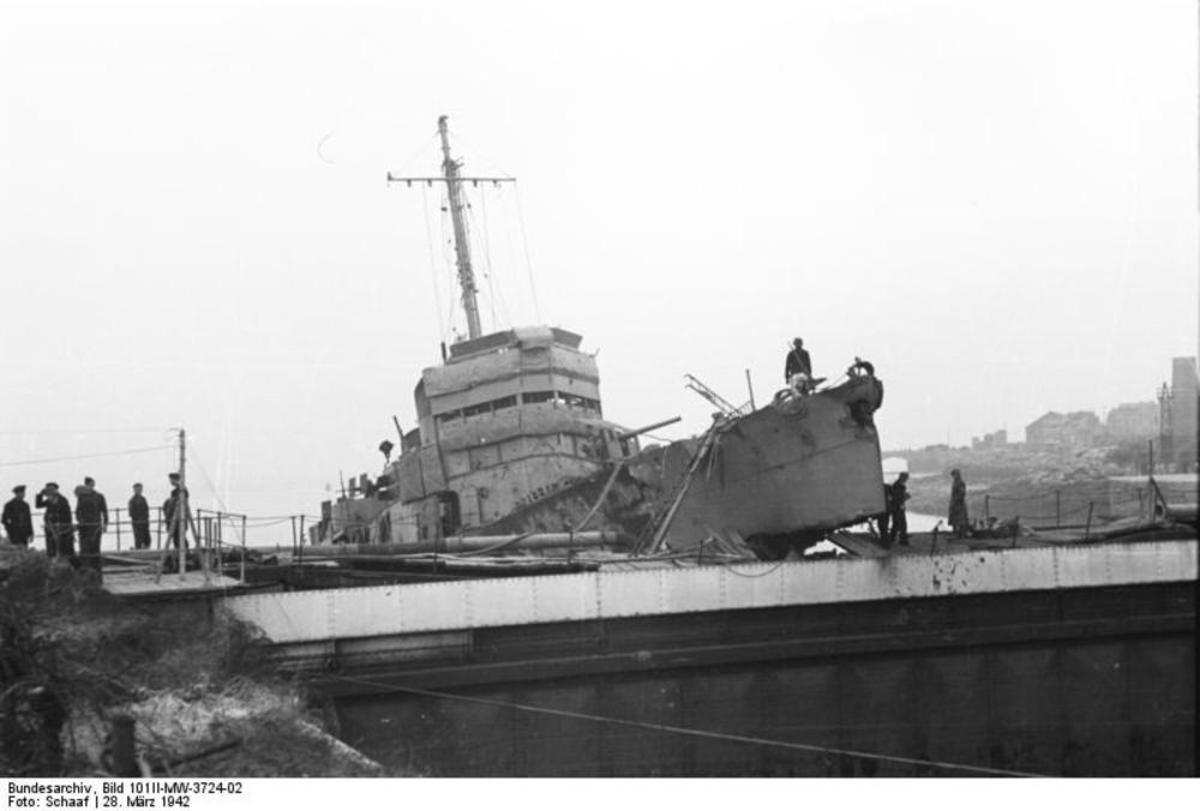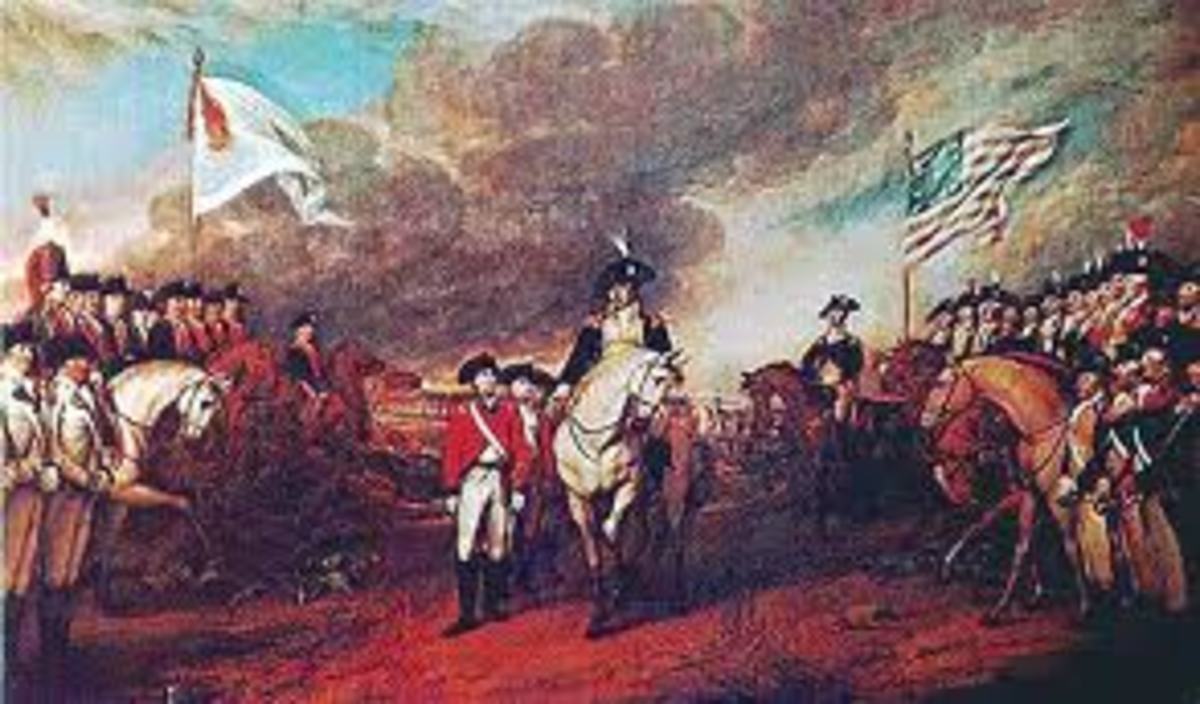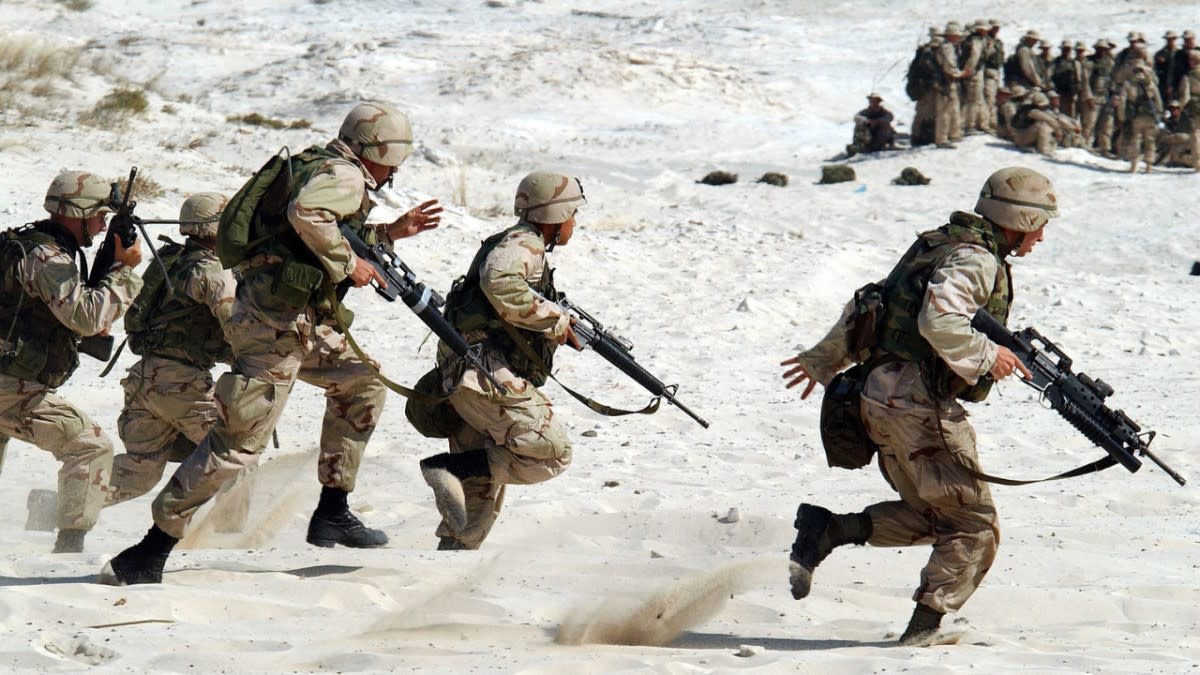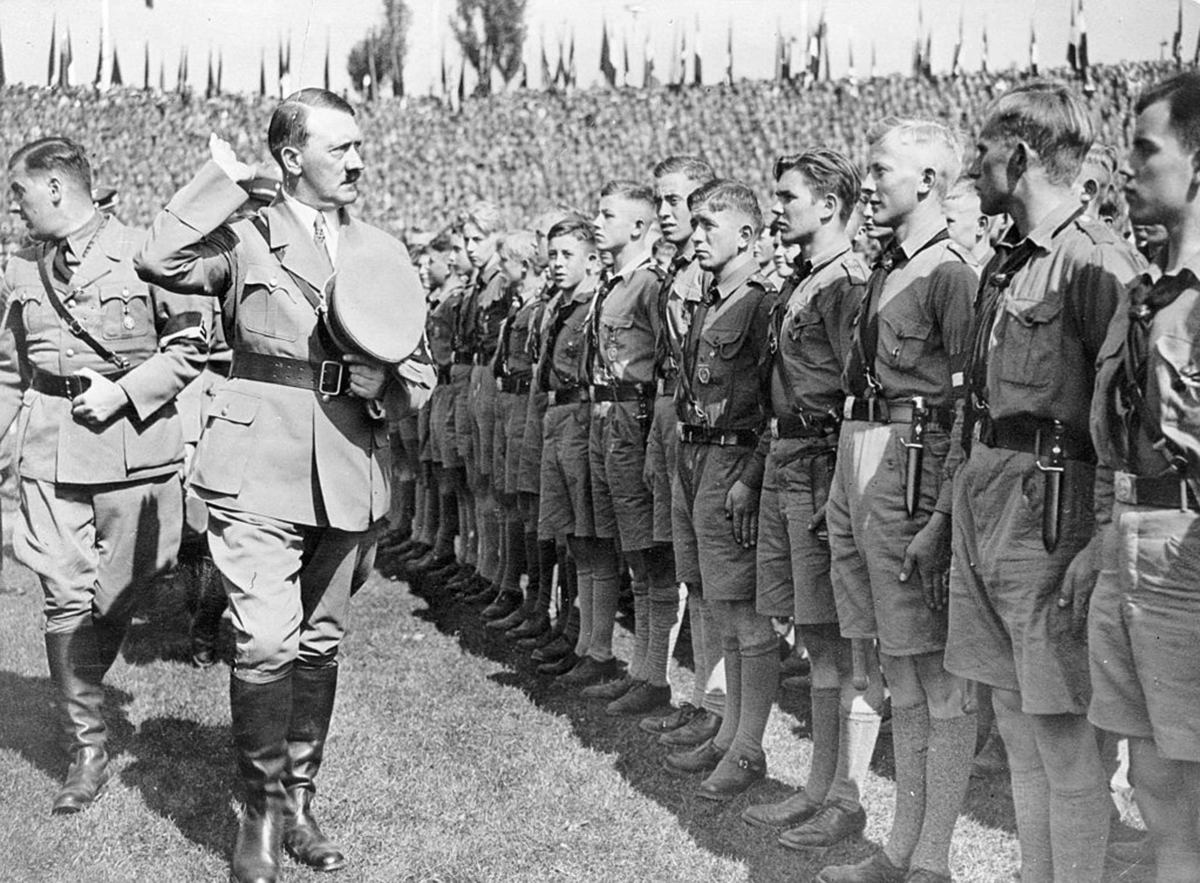Military use of Sabotage
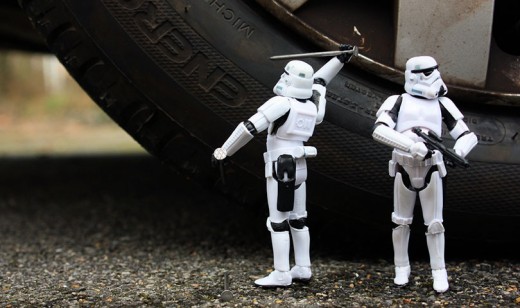
Sabotage
Sabotage is a deliberate act aimed at weakening an entity through subversion, obstruction, disruption or destruction.
"During wartime, one of the most effective weapons in any country's arsenal is sabotage: attacking the war machine itself by crippling key supplies, disrupting manufacturing, disrupting strategic locations and even logistic routes." (PBS)
Listed below are 10 of my favorite examples of sabotage
The United States of America's Office of Strategic Services (OSS), later renamed the Central Intelligence Agency (CIA) are noted for using simple acts of sabotage in many of their activities.
Examples or OSS/CIA acts of sabotage include but are not limited to:
Slashing tires
Draining fuel lines
putting sugar in fuel tanks
starting fires
starting arguments (in pubs, offices, public spaces etc.)
acting stupid or crazy
short-circuiting electrical systems
and damaging or stealing machine parts which wastes materials, manpower and time.
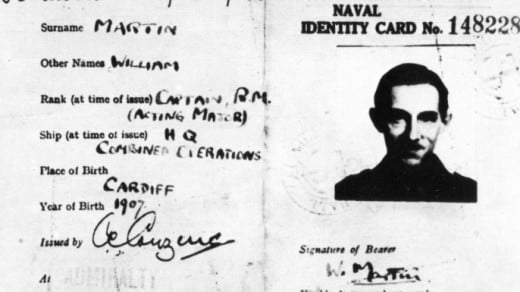
Operation Mincemeat (1943)
In April of 1943 the body of a British Royal Marine was found floating off the coast of Spain. The dead Marine had a closed case attached to his wrist that Pro-Nazi officers in the Spanish military were able to get their hands on. Inside the case they found information depicting a plot to invade Sardinia and Greece by Allied Forces. The Nazi's thought they had hit the intel jackpot with this find and indeed would have if not for one problem: all the documents were fake.
This act of informational sabotage caused Hitler to divert numerous tank divisions and other units to reinforce Greece, when the real attack happened in July 1943 the Allies instead invaded Sicily and Italy catching the German's flatfooted and undermanned.
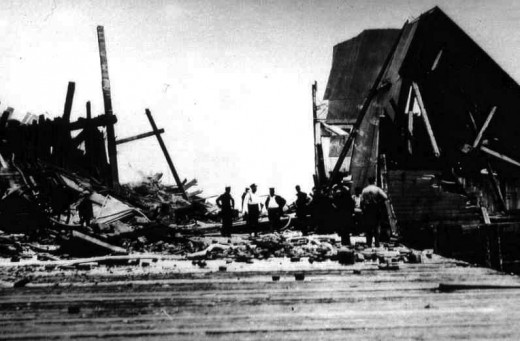
Black Tom 1916
On the early Sunday morning of July 30, 1916 the areas of Manhattan and Jersey City found themselves rocked awake by a large explosion that blew out thousands of windows across both areas and having the still night sky suddenly turn orange with the flames of a large train of munitions that had exploded causing a great deal of property damage and killing several adults and a young infant.
The culprits were German agents on American soil who wanted to prevent the shipment of war materials including munitions and explosives to Great Britain, never mind the fact that at this point America was completely neutral in World War I.

The Trojan Horse
One of perhaps the greatest examples of sabotage and espionage in history is the well known story of The Trojan Horse.
The Trojan Horse was an act of military sabotage used by the Greeks to end the Trojan War by taking the city of Troy from the inside. At least 30 and upwards of 50 (actuate numbers are uncertain, some experts put the number higher than 50) special operations troops were concealed inside the horse, when the horse was brought into the city these troops snuck out at night, killed the guards on the walls and gates of the city then opened the gates allowing the Greek army who had hidden all day to make the Trojans think they had fled pour inside sacking the city of Troy.
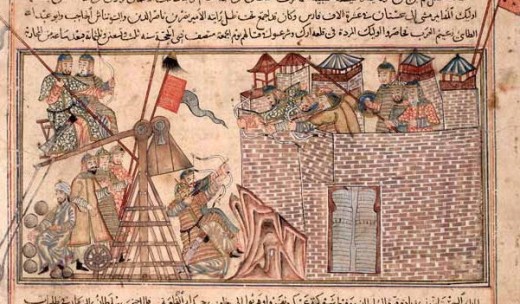
Siege of Kaffa (1346)
Sabotage by plague was not a new concept in the 14th century, it had been used for many centuries, however the plague known as the Black Death was one of the most virulent in history.
In the 14th century a war erupted between the Mongol's and the Genovese over control of caravan trade routes between the Orient and the Black Sea. When the plague began to affect the Mongol empire and the army the several years of war were now proving to costly to maintain leading to the Mongol's decision end the siege and leave, but not without leaving a parting gift for the Genovese people.
As a parting shot the Mongol's hurled dozens of plague diseased bodies over the walls contaminating the city.
In the summer of 1347, the Italian merchants headed to their ships and the fled the city of Kaffa which had already lost the majority of its people after battling plague for months by this time. The Italians stopped at Constantinople, inadvertently infecting the city. Thousands of people were killed, including the son of the Greek Emperor, John VI. Those who were able fled the city, many not realising that they were already infected and spread the disease to much of Asia and Europe.

Death by Sheep (1325 BC)
At various times throughout history animals have been used to deliver disease and plague throughout an unsuspecting populous.
In the 1300s BC sending diseased sheep into civilian populations of enemy cities was a common practice of the Hittite Empire and perhaps one of our earliest examples of biological warfare. In 1325 BC in present day Turkey it was just a part of war to seed the plains outside of cities with sheep carrying the disease Tularemia also known as Rabbit Fever, a devastating bacterial disease that modern medicine still cannot cure as there is no vaccine for it making it a viable biological threat even today.
The disease can pass from animals to humans, causing enormous skin ulcers and respiratory failure and ultimately death.
When people ate the diseased sheep or the infected sheep mingled and breed with the health flocks the fever would spread unchecked through the city, the contaminated food killed dozens quickly and leaving the few survivors too weak to mount a defense when attacked by Hittite forces. The disease is transmitted through eating infected animals and through the lice and ticks that they carried transmitting the disease to bitten humans, the disease is not however transmittable from one human to another, however when you live in tight quarters with little in the way of good hygiene practices that doesn't really seem to be a bonus.
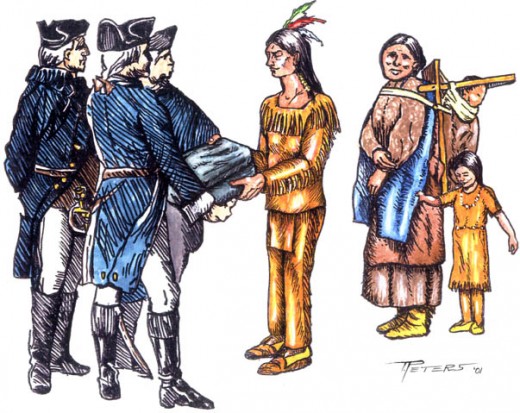
New World, Old Tactics (1763)
Biological sabotage is nothing new for military's being nearly as old as time in fact, the British military used the tactic to make the destruction of tribes easier and safer for British Troops in an effort to lessen their own loss due to direct engagement.
The British officers knew the American Natives were particularly vulnerable to diseases such as Smallpox and blankets contaminated with the disease were deliberately given to the Natives during peace talks during the French and Indian War as well as throughout various part of British expansion throughout the new world.

Project Eldest Son (Vietnam)
Throughout the 1960's there was an ongoing ammunition sabotage operation carried out by the United States Studies and Observation Group or SOG.
This operation placed ammunition that had been tampered with causing it to explode when used in with supplies carried/used by Communist forces in South East Asia. Missions under this operation were carried out successfully in Vietnam, Cambodia and Laos during the Vietnam War.
Sabotaged cartridges were carried by the United States Army Green Berets and were inserted between good rounds among enemy ammunitions to disguise the source of the explosion.
The goal of this operation was to cause fear among the enemy about the safety/quality of their munitions supplies. Another aspect of this operation was the use of forged Chinese documents that "fell" into Vietnamese hands that caused distrust between Vietnamese troops and Chinese munitions suppliers, these documents hinted at there being a known problem with quality control in Chinese factories and other documents hinting at a lack of concern for quality control issues as well as being unconcerned about Vietnamese losses because of these issues.

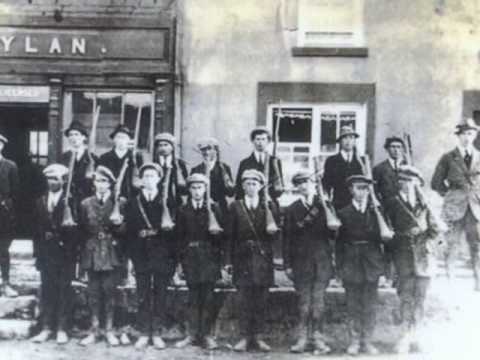
Post Easter 1916 Uprising (Ireland)
After World War I tensions between Ireland and Britain were at an all time high with the Irish Republican Army (IRA) doing all it could to light the fuse, sometimes literally.
In the years after the War to end all Wars the IRA compromised communication lines whenever they could, interfered with transportation lines and fuel supplies and also used passive sabotage in addition to the active acts listed above.
An example of passive sabotage is refusing to let dockworkers and train line workers work on British owned vessels and trains/train lines.
In 1920 the IRA took a more destructive stance in their sabotage when they set fires at, at least 15 British owned warehouses in Liverpool, and in 1921 the IRA sabotaged British fire trucks before lighting the matches on numerous British targets throughout Liverpool and Dublin.
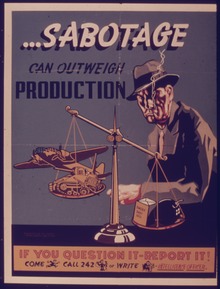
Cold War Sabotage (1980's)
During the "Cold War" in South American Countries things sometimes when from cold to explosive, two good examples of Cold War sabotage occurred in El Salvador and Honduras in 1982 and 1984.
1982-Honduras
In 1982 a group of Salvadorians and Nicaraguans destroyed a main power station to the capital city of Honduras leaving them without power for three days.
1984-El Salvador
On New Year's Day 1984 a group of guerrillas used mortar fire to scatter guards and then used explosives to blow up the Cuscatlán Bridge over the Lempa River in El Salvador. The bridge was a crucial path for both business traffic and military traffic causing an estimated 3.7 million dollars in repairs and millions more in an impact on lost business as goods and services were lost or delayed due to the destruction.
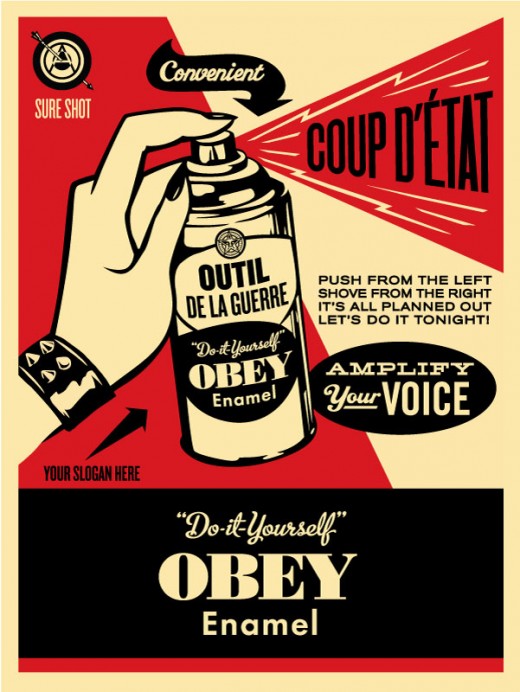
Coup's and Sabotage go Hand-in-Hand
Sabotage is a crucial tool in any kind of coup, acts of sabotage are necessary to set up a coup, get a coup going and seeing a coup through to completion.
Types of simple sabotage for coups include but are not limited to such things as disturbing state forms of communications, supply lines and simple machine issues due to physical sabotage of parts.
Another type of sabotage needed for a coup is the "Human Element" sabotage.
One way you do this is by assuming a non-cooperative attitude and convincing others to do the same. A non-cooperative attitude may involve nothing more than sitting down and refusing to work, or creating an unpleasant work environment or creating unpleasant situations between co-workers, causing work stoppages throughout a city and causing a government response which will use up government resources.

